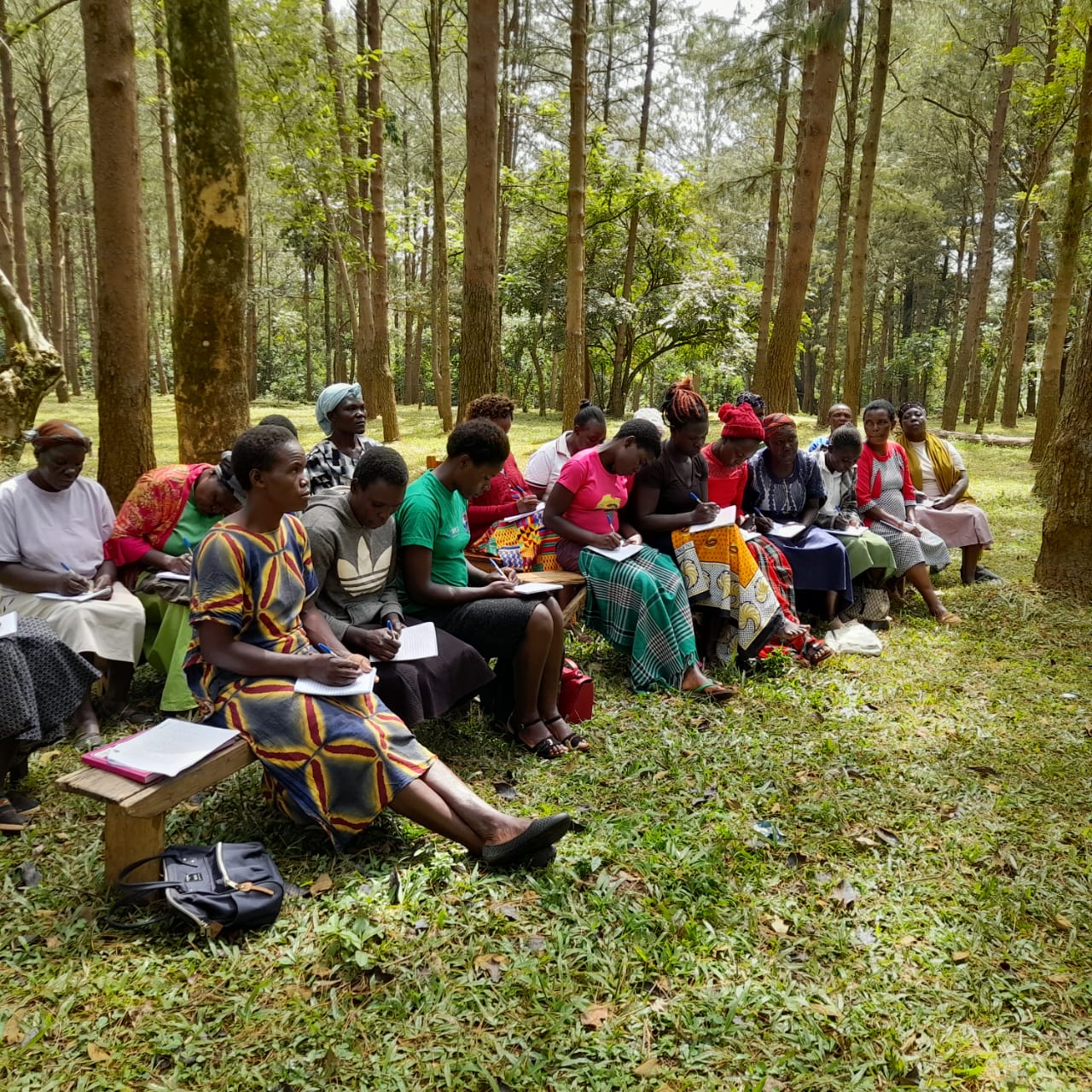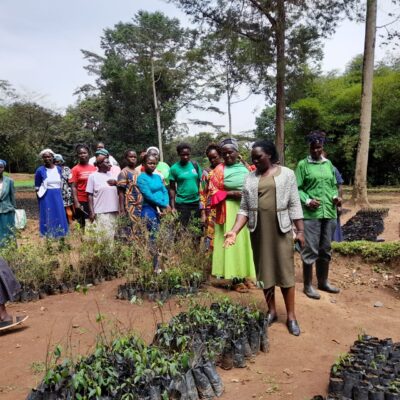Grassroots Women Are Saving Kenya’s Last Tropical Rainforest
Nestled along the eastern edge of the Congo Basin forests, the Kakamega tropical rainforest is the last of its kind in Kenya. First established as a Trust Forest in 1933, it was later designated a National Park in 1986, growing the protected area to nearly 4,500 hectares. Yet, despite being home to species found nowhere else in the country, the Kakamega has been under attack for decades.
Under the colonial Forest Service, commercial logging and the clear cutting of indigenous forests to build timber and tea plantations have whittled back the forest's borders. The Kakamega District is also densely populated, creating intense human pressure on the forest ecosystem. Many locals depend on the forest for income; it is estimated that the local economy produces nearly 100 million Kenya Shillings a year (approximately $1.7 million USD) from forest-based products. The Kakamega’s multifaceted threats have led to significant deforestation, losing nearly 123ha of humid primary forest—roughly the size of 230 football fields—from 2002 to 2021.

In the face of these daunting challenges, the question remains: who will protect Kenya’s last rainforest?
The answer lies with women.
WEA and longtime partner, Kenyan women-led NGO Women in Water and Natural Resource Conservation (WWANC) are enhancing the culture of planting native trees through a series of community conservation trainings, called the Women and Forest Conservation Project. By promoting women’s leadership in community-led forest restoration initiatives, this project ensures widespread community buy-in on time-tested climate adaptation measures—leading to long-term climate resilience.
The Women and Forest Conservation Project focuses on supporting 180 grassroots women to establish indigenous tree nurseries—which would not only grow threatened species such as Prunus africana, Olea capensis, Kaya and more, but would provide the women and their families with sustainable, forest-friendly income. At its inception, the project team, led by WEA’s East Africa Regional Director Rose Wamalwa, set a goal of growing 10,000 indigenous trees from April 2022 to September 2022. To date, over 34,000 trees have been planted, reforesting 24 hectares of the Kakamega Forest. From the original group, 60 women leaders have also launched 28 tree nurseries and trained 44 more women in forest management—equipping them with skills in agroforestry and as monitors and protectors of the indigenous tree species.
As a result of the transformative impact the women leaders and the Women and Forest Conservation Project are having, the Kenya Forest Service Department allocated an additional 150 hectares to the women’s collective to rehabilitate and restore.
On International Day of Forests and every day, WEA celebrates our worldwide alliance of grassroots women leaders working to scale and coordinate their nature-based solutions. At Women’s Earth Alliance, we know that it’s not top-down approaches that will transform our climate. It is from the ground up: one seed, one tree, one woman at a time.


I would like to work with Kenya chapter. An in homabay County .Gwasi South Seka village. We really need empowerment WWANC